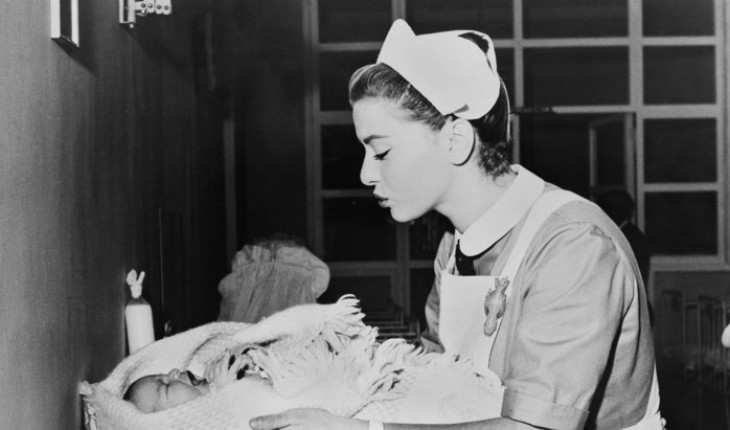Childhood obesity is increasing rapidly as is childhood anxiety, depression, severe allergies, asthma, diabetes, the list goes on. It would make sense therefore that children should have easy access to health care – both physical and mental – at the place where they spend much of their time, at their school. However the lack of school nurses means this is not the case. There are more than eight million children at school, but only a few thousand fully qualified school nurses – which means many teachers are having to deal with the health issues of their pupils as well as their educational needs.
I am one of those school nurses and I know just how much we can help children if given the chance. But there are not enough of us, and I agree with the Royal College of Nursing that insufficient school nursing services will seriously damage attempts to tackle the nation’s priorities of obesity and mental and emotional health.
I have been a school nurse for more than 14 years; as the School Welfare Manager at Fulham Prep School in London I take the overall responsibility for 600 children aged between four and 13, and I know how important it is to have someone other than a teacher available to deal with poorly and vulnerable children. I work at a private school where there is a real investment in health services, which I think should be available to all children.
Look at the facts affecting children:
- Obesity – One in three children in the UK is now overweight, and one in five obese
- Mental and emotional health – One in ten pupils suffer from a mental disorder. The Children’s Society Good Childhood Report 2015 placed the UK almost bottom in an international survey of children’s happiness
- Disability – 6 per cent of the child population have a disability, whilst 15.4 per cent of pupils in schools in England have identified special educational needs (equating to 1,301,445 pupils)[1]
Yet in many schools the children’s health needs are addressed by qualified first aiders. I am not criticising them because they are also teachers, and so are having to do two jobs, but as a dedicated school nurse who is on site every day my door is always open, and I rarely have the chance to sit down. Children come to me with real and imagined illnesses, with fears they cannot discuss with teachers, parents and carers. As a fully qualified nurse with over 20 years experience I am able to give out medicines (schools without nurses are unable to do this, so a child either has to self medicate, provide a letter from a parent or a parent has to go the school just to give a teaspoon of Calpol.) Sometimes all that is needed is a magic laying on of hands and a sympathetic face. At other times I talk to a child, and his parents, about issues such as healthy eating.
I do not weigh children, (nor am I the ‘nit-nurse’ as this would be too time-consuming) but I can see if a boy is becoming overweight, and I have noticed the dramatic increase in childhood obesity even in the past 14 years. Telling a parent to change his child’s diet or to pack a healthier lunch can be difficult for a teacher, especially one who is young and newly qualified, however parents can be more open to listening to the views and advice of a healthcare professional.
When my own daughter was sick at her (state) school, she had to sit in the reception area with her coat on, waiting for someone to pick her up. The receptionist was the designated first aider and had no medical training at all. Both myself and my colleague in the pre-prep school have years of experience, and have a comfortable bed where children can lie quietly until they feel well enough to go back to class or to go home. We are also able to spot malingerers.
It is important that the whole school is aware of children with health issues so I have medical packs with the necessary adrenaline pens and inhalers, and am responsible for training staff in using them. Photos of children who need them are kept in the medical room and staff room; I currently have 8 x A4 pages, each with 12 children identified – that is 96 children with health issues, representing 18 per cent of the school population. How many teachers in busy state schools have time to do this?
I am also responsible for safeguarding and child protection and do have to look out for signs of abuse, or anxiety issues. Exams and testing in both the private and state sector put pressure on children and not all of them can cope. Then there are children with epilepsy or behavioural disorders like ADHD, just some of the issues we deal with on a daily basis. We are talented, multi-skilled nursing staff who deserve better recognition and for the sake of our children there should be many more of us in state and private schools across the country.
- Why every school should have its own nurse - 23rd March 2016






